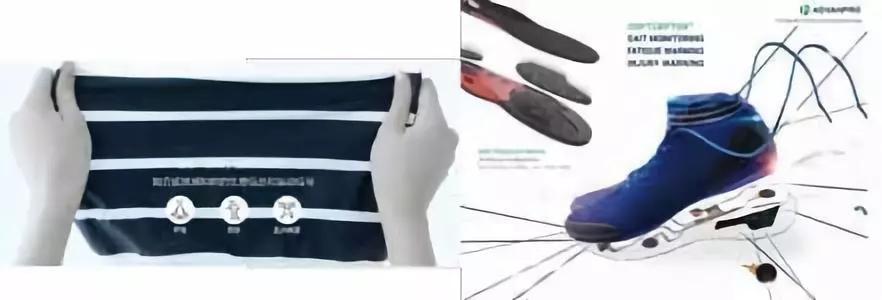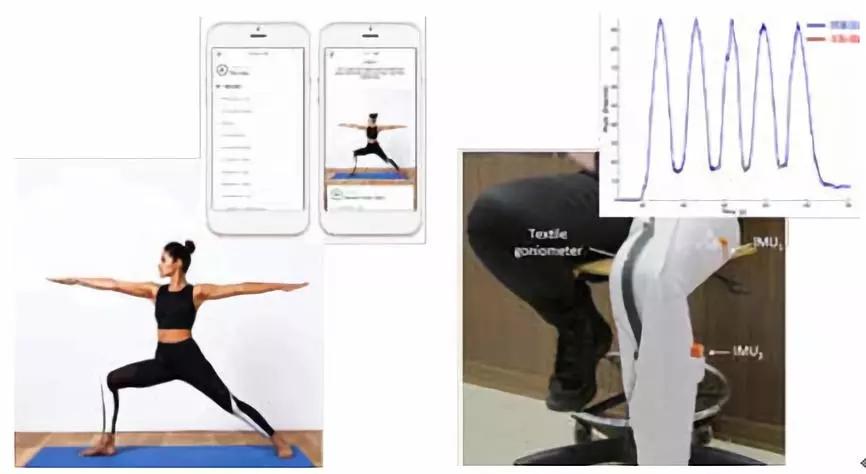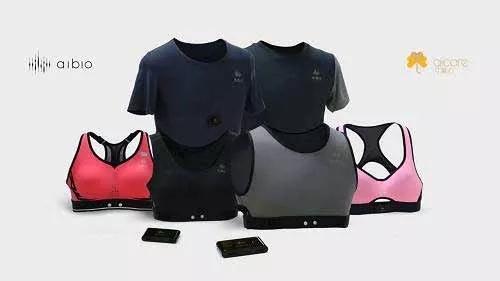Current smart wearable technologies are facing new challenges and opportunities. Routine monitoring such as blood flow, heart rate, number of steps, positioning, etc., has been sufficiently developed to the bottleneck with the popularity of traditional chip-based electronic devices, such as smart watches and smart bracelets. The most suitable flexible sensing technology for wearables, including flexible sensing units and flexible circuits, is beginning to emerge. The 2015 Berkley Global Smart Wearables report indicates that market developments for conventional chip electronics are expected to cool, while market expectations for smart apparel previously known only to about 20% of consumers are rising rapidly [Figure 1]. Among them, smart wear for medical health and sports will lead the forefront of flexible sensing technology due to its professionalism and higher requirements for sensing accuracy. Fabrics and fibers in sports equipment have their own unique and demanding working conditions, such as large strains of sportswear caused by large movements of the limbs, intense friction between fabrics and between skin and fabric; accompanied by high-intensity metabolism in exercise. A large amount of heat, sweat and sweat steam generated; higher demands for comfort in competitive sports and functional optimization for specific sports categories (eg insulation, quick drying). Such terminal requirements make the intelligence of sports equipment face serious challenges. Intelligent sports equipment solutions generally have two broad categories: one is the most common and direct, that is, while maintaining the performance of traditional sports equipment, additional flexible sensing units, sensor networks or servo units; One is to improve and optimize the fiber and fabric structure to obtain special functions. As the sports equipment market is a trend of refinement and specialization, the opportunities and challenges faced by intelligent sports equipment with different functions are also classified. At present, the difficulty in dealing with smart sportswear is essentially to ensure the stability and reliability of the sensing unit and network in the sports environment. Conventional motion monitoring based on chips such as blood flow and heart rate is sufficiently mature. For the physiological and physical detection needs of the remaining sports environment, it will focus on three types of sensing technologies, mechanical measurement, attitude tracking, and bioelectrical analysis. For mechanical measurements, flexible strain sensors based on elastic conductors that support large strain measurements, pressure and torsion sensors, will have a chance to be used in large numbers (eg fabric substrate strain/pressure sensors). Anrunpu® (left) fabric bottom strain sensor and (right) smart running shoe based on flexible pressure sensor For the human body, the essence of attitude tracking is the measurement of joint angle. Most of the current solutions are by attaching an external accent accelerometer, gyroscope, magnetic induction microchip (such as NadiX yoga training suit, left in Figure 3) on both sides of the joint, but the time integration error caused by drift is common. In particular, shocks are received during exercise and measurement deviations are caused. The development and application of truly flexible angle sensing units is still scarce (currently only the team of Professor DeRossi of the University of Pisa is advancing, Figure 3 is right), and the accuracy of the measurement unit remains to be improved. (Left) NadiX® Yoga Training Pack (Right) IMU-Assisted Flexible Angle Gauge In addition, plantar pressure/gait monitoring is special. For bioelectrical measurement, such as ECG and EMG wearable devices, the biggest challenge is that the carrier should be designed to ensure the best working environment of the electrode, that is, the skin is tightly contacted, the relative position is stable, and the ambient temperature is ensured. The humidity is stable. Fabric electrodes can greatly improve comfort (Figure 4, fabric electrode sheath). For a stable electrode position, the stiffness of the carrier is required to have a good stiffness distribution. The stability of the electrical signal also requires a breathable, temperature balanced requirement for the fibers and fabric. Aibang® fabric electrode heartcoat Therefore, temperature and humidity driven smart fiber materials can improve the signal reliability of bioelectrical sensing. In particular, because sports equipment is more faced with heat dissipation, moisture discharge, and quick-drying requirements, temperature sensing and overheating reminders and humidity detection are not necessary. As the best driving force for wearable devices, flexible batteries and power generation units are beginning to slowly replace the small-sized solid-package rechargeable batteries commonly used in current wearable devices. Research has prospectively developed a number of flexible energy harvesting units based on light, thermal and mechanical energy. For sports and sports training, although the energy conversion of thermal energy and mechanical energy has the largest base, intense exercise is often accompanied by higher limb heat dissipation requirements, which is contrary to the condition of relying on heat collection. Therefore, mechanical power generation units will have greater opportunities, such as triboelectric and piezoelectric. However, since the durability and water repellency of current conductive fibers have not been solved, the conventional method of burying metal wires on a fabric substrate is only applicable to a portion having a large rigidity and a small deformation. How to ensure the elasticity, comfort, sweat resistance and wear resistance of the fabric while adding the conductive wire is still a challenging subject. Fitness Apparel,Long Sleeve Apparel,Yoga Apparel,Gtm Long Sleeve Apparel Guangxi Guiping Lidong Sports Goods Co., Ltd. , https://www.lidonghotselling.com


